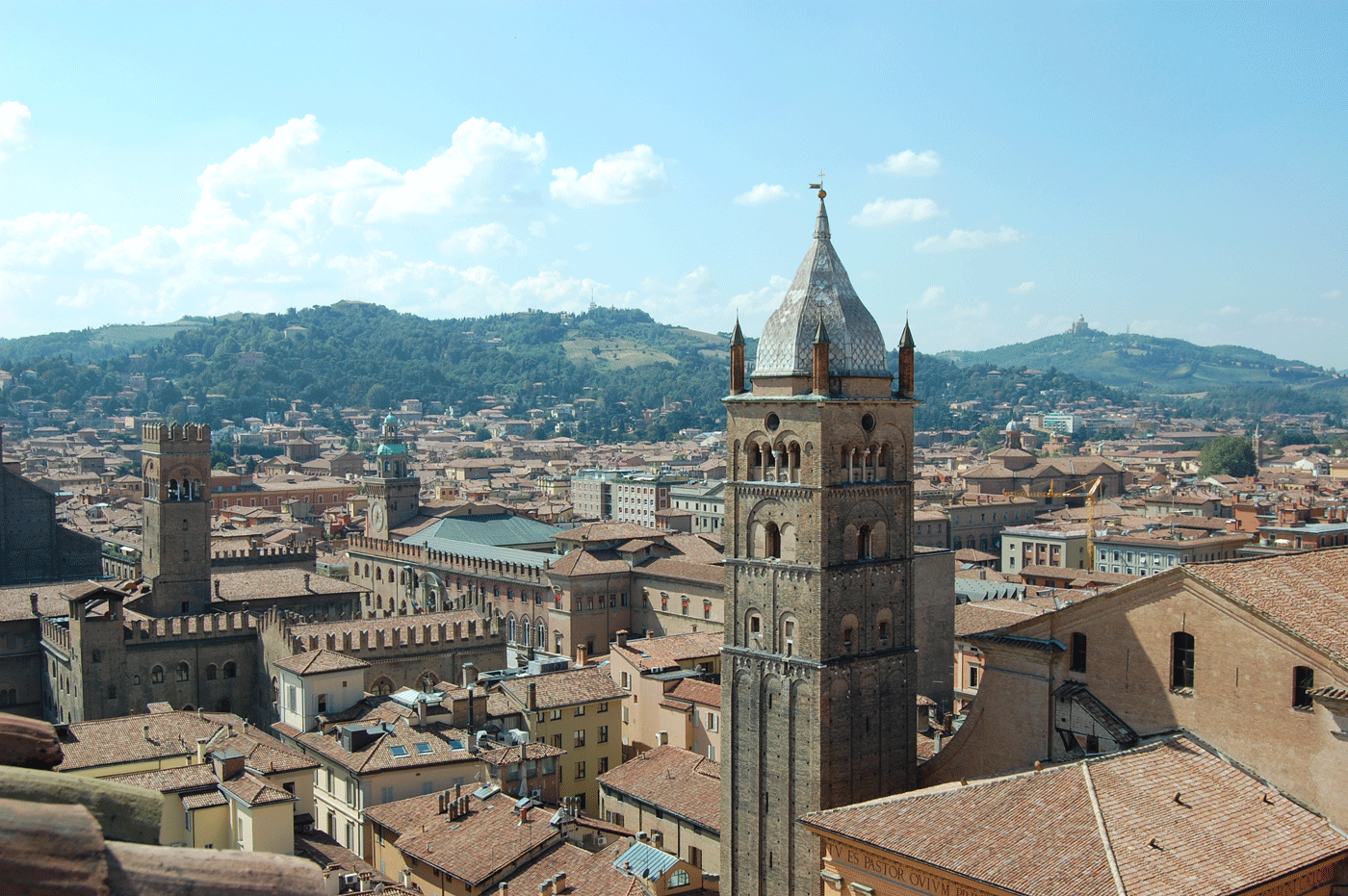I’m in Parma, Italy, watching curiously as the proprietor of one of the largest producers of Parmigiana-Reggiano takes a metal instrument, like one used to check knee reflexes, and taps, taps, taps at enormous wheels of cheese. He’s checking the resiliency of the cheese firmness. Should he hear an echo, the wheel is not quite ripe, but luckily today there are plenty of wheels in perfect readiness for me to indulge. His is the kind of Old World attention to detail emblematic of this culinary sweet spot of Italy – the Emilia Romagna region. The region is home to Bologna, the birthplace of bologna, and Parma with its namesake ham, and the true Parmigiano-Reggiano, which comes from the cities of Parma and Reggio; both laid claim to originating the cheese but settled on a truce, hence the cheese’s name. As I begin to explore the region, I have a little extra spin thrown in – touring in a classic ’61 Alfa Romeo, appropriate since this region is also home to “Motor Valley,” the birthplace of some of the spiffiest vehicles made. Ferrari, Ducati and Lamborghini are all based in Emilia Romagna. So, I rev my touring engine and am off.
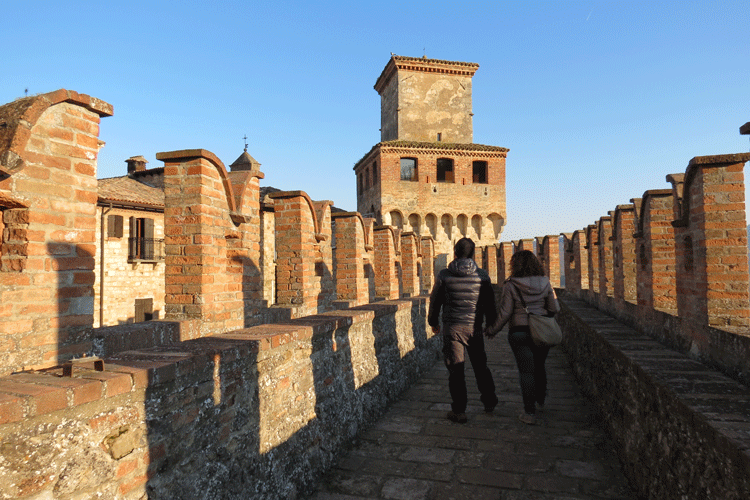
I begin my tour on the charming grounds of a medieval castle, Castello di Vigoleno. It’s early morning as I fling open the windows and gaze upon the mist rising over the foothills of the Apennine Mountains. In the courtyard sits my classic car, and I soon roar past castle towers on to the region’s scenic, winding roads. Emilia Romagna may be a relatively obscure region in terms of American recognition, but it is intensely rich in history, culture, cars and gastronomy. The region sits between Milan to the north and Florence to the south, its landscape sweeping from the ridges of the Apennines to the famous beaches of Rimini along the Adriatic Coast. More familiar to most, however, are cities like Bologna, Parma and Reggio. It’s easy to visit them all in a week.
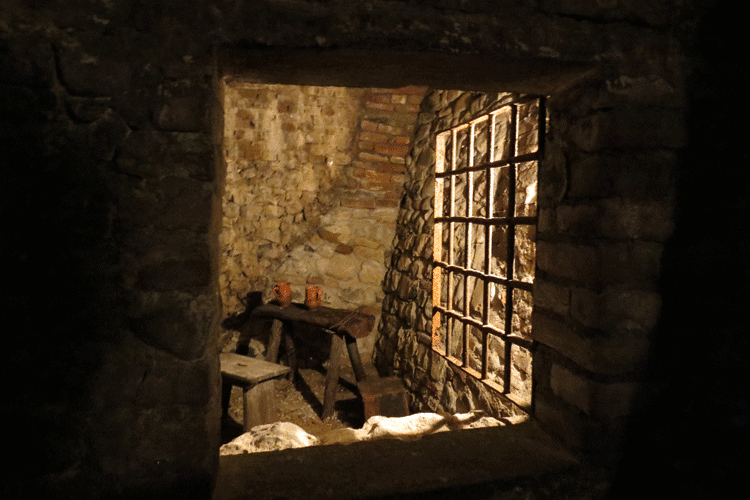
I stop in small villages as I go, finding them filled with charming surprises like Rivalta, which has a castle where an Italian count resides, and parts of the medieval structure are open for viewing. As I tour the ornate rooms, the turrets and dungeon, I’m told the ghost of Giuseppe might be wandering the halls alongside me. Giuseppe was an amorous man who’d set his eyes on the wrong woman and then befell an “accident.” He now endlessly walks the halls where he’d met his demise. Such is the romanticism of Italy with its tales of whimsy as well as misfortune. Interestingly, within the castle walls is a fascinating collection of military costumes from bygone eras, with many of the figures eye-catching in their dashing caped splendor.
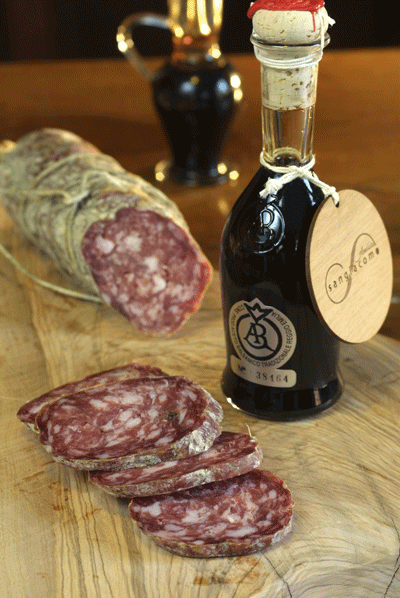
Next, I head to a Parma ham farm, Rosa dell’Angelo, where my head spins at the fresh selections of prosciutto, pancetta, salami, mortadella and more. I quickly learn that they are all “salumi,” a reference to cured meats, with salami just one form. This region in northern Italy in particular, is the land of artisanal salumi and cheeses, many of which are all-natural and devotedly hand-made by the same families that have produced them for generations.
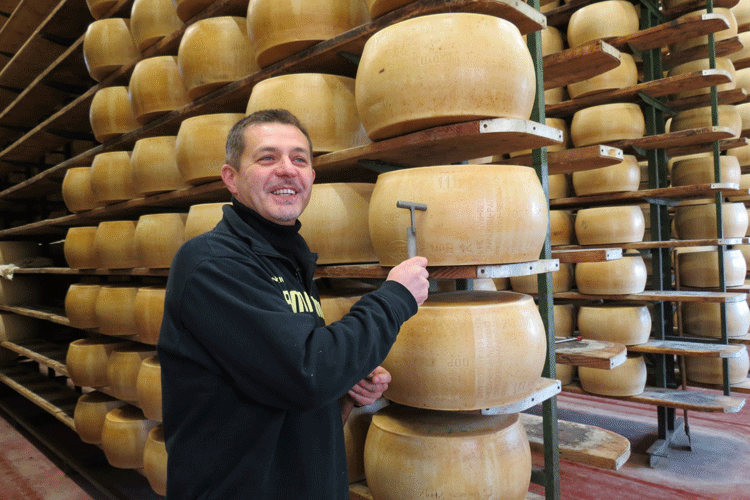
Each specialty product in this region has its quality protected by denomination of origin, or DOP (aka PDO), and inspectors don’t take quality lightly. Parmigiano-Reggiano, I’m told, originated by Benedictine monks in the 9th century when milk needed to be conserved for extended periods. Cheese was their answer. Nowadays, there is a particular grass for grazing cows which results in superior milk, and that milk must be used within 24 hours for the perfect cheese. The cheese’s grind is pinpricked with the imprint of Parmigiano-Reggiano, denoting its quality, though I learn that many US importers tag cheeses as being “parmesan” from Italy. If not labelled DOP, it’s not true Parmigiano-Reggiano.
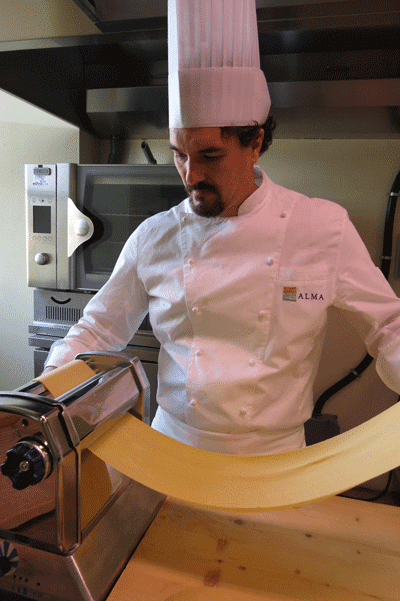
My culinary adventure continues with a cooking lesson at Alma International School of Italian Cuisine, the country’s top culinary school. Located near Parma, the school is situated in a beautiful historic structure, the Ducal Palace of Colorno. The palace, built in the early 18th century by a duke who tried to emulate the Palace of Versailles, is fully geared toward gastronomy. There, for my first time ever, I learn to hand-make pasta then enjoy the fruits of my labor in the school’s fine restaurant.
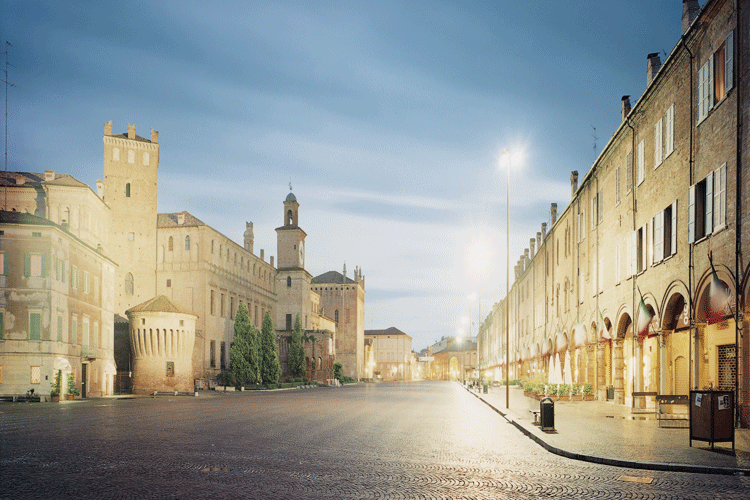
Then it’s time for Motor Valley, where over the decades there was a confluence of industrial entrepreneurship, including with men like Enzo Ferrari. Ferrari’s hometown of Modena, which was also Pavarotti’s, has two Ferrari museums in the vicinity: a small one that stuns visually with its car display and a second, in nearby Maranello, that relays the company’s history also with sublime cars on display. I tour both and am lucky enough to visit the Ferrari factory (sans camera lest I share little-red trade secrets). Most astounding is Ferrari’s precision assembly line with its moving platform that transfers a car assembly every 19 minutes, on the dot, to the next expert team along the line. Care is especially given to the engine “soul,” and surely the life the factory brings to these cars is fascinating. Every car is already accounted for (at costs of €264,000 and up) and can be personalized with the most minute details.
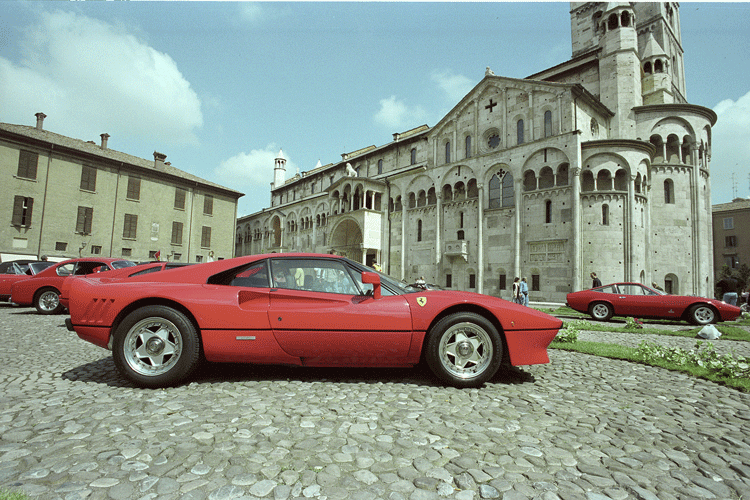
Sinking back into my classic car, I head to Bologna. Though it’s a big city by this region’s standards, it’s still compact enough for the heart of the city to be pedestrian-friendly. Main sights near the city center include the duomo (cathedral), the town square and medieval towers, including one that is leaning askew. A fellow traveler I meet (a music critic) tells me he likes the “gritty” feel to the city. I love the city’s food, bologna in particular, especially an artisan version made by an elderly man who’s peddled his wares from restaurant to restaurant for decades. Visiting the city’s restaurants, I stay clear of searching for spaghetti Bolognese on the menu. I’d been forewarned by an Alma chef, “If you ask for spaghetti Bolognese in Bologna, they’ll kill you.” Turns out, it’s an Americanized name for what is more properly labeled pasta con ragú. I also visit producers of olive oil and balsamic vinegar, the latter a product that also has its origins in the Emilia Romagna region. And for one more bit of Motor Valley, I tour the Ducati motorcycle museum in Bologna.
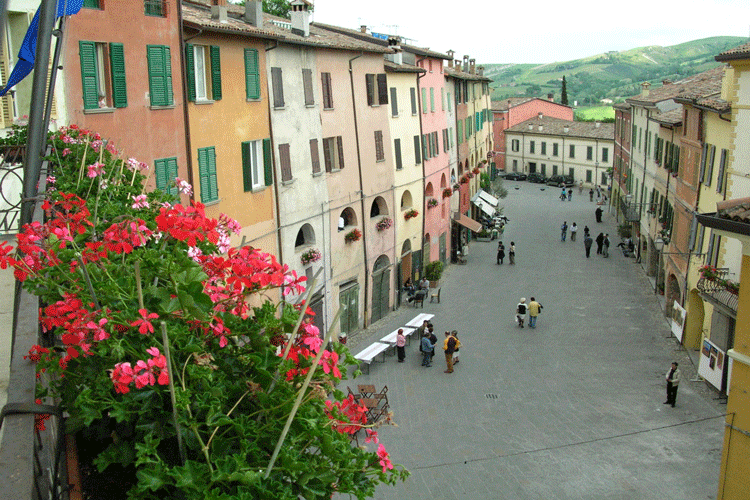
The last stretch of my touring leads me to the Adriatic Coast, but along the way I discover one of the most charming small villages I’ve ever seen – Brisighella. The medieval town was built in defensive form to protect against enemy lords, with the houses built into rock and flanked by castle walls. I walk under the arches of Via Delgliasini, or “Donkey Road,” which housed small medieval homes and their donkey stables. The ancient feel to the street again prompts me to imagine the aura of long-ago places and times.
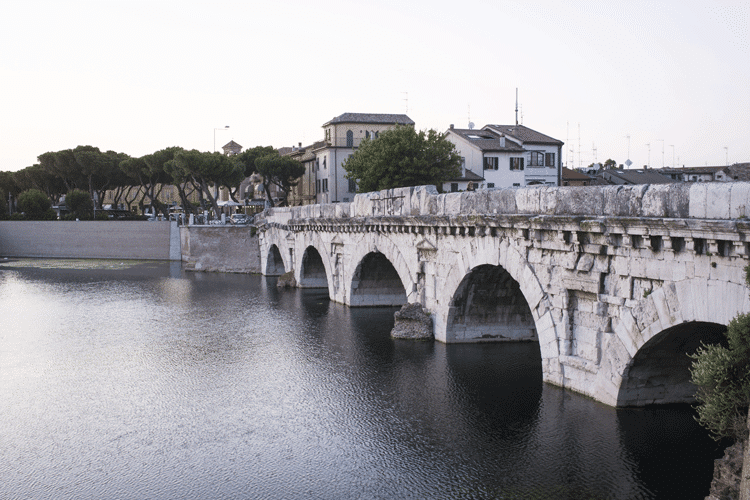
I find a relaxing finish to my tour in the seaside city of Rimini, renowned as a summer escape – and for the setting of Federico Fellini films like Amarcord, 1974 Oscar winner for foreign language film. An ancient Roman road originates here, marked by the Tiberius Bridge begun by Emperor Augustus and finished by his successor, Tiberius, in 21 A. D. In Medieval Square is a fountain where da Vinci once contemplated music. For sure, this is a lyrical city with parts Roman, Renaissance and contemporary combining effortlessly into one vibrant resort. I rest my weary feet in the grand dame of resorts, the iconic Grand Hotel. I wonder, as I think back on my wonderful journey, why the world’s travelers so often gravitate toward overtrodden areas of Italy like Rome and Tuscany. In Emilia Romagna, I had more than enough culture and culinary to explore and encountered few, if any, crowds. And, as important to making my experience so special – I was treated as a guest to the region, not a visitor.
Getting There: International carrier Alitalia operates 4 connecting flights daily from Rome and frequent flights from Milan. Train service takes approximately 2 hours from Rome and 3 hours from Milan.
[alert type= blue] Where to Stay:
Reggio Emilia: Hotel Posta is a beautiful four-star hotel with 500+ years of history, overlooking the main square. www.hotelposta.re.it, Phone Number: +39 0522.432944
Bologna: Bologna Art Hotels has four boutique hotels in the city center, rated three and four stars. www.bolognarthotels.it
Hotel Commercianti: Via De ‘Pignattari, 11 40124 Bologna, Italy, Phone Number: +39 051 7457511
Novecento Hotel: P.zza Galileo, 4/3 40123 Bologna, Italy, Phone Number: +39 051 7457311
Hotel Clock: Via IV Novembre, 10C 40123 – Bologna, Italy, Phone Number: +39 051 7457411
Suite House: P.zza Galileo, 4/3 40123 Bologna, Italy, Phone Number: +39 051 7457311
Art Studio: Via De ‘Pignattari, 11 40124 Bologna, Italy, Phone Number: +39 051 7457511
Castle Experience Near Parma: Castello di Vigoleno offers period suites that look out on the Apennine Mountains. www.castellodivigoleno.com, Phone Number: +39 0523.895513
Rimini: The iconic, five-star Grand Hotel Rimini overlooks the Adriatic Sea with rooms in Venetian and French-antique style. www.grandhotelrimini.com [/alert]

